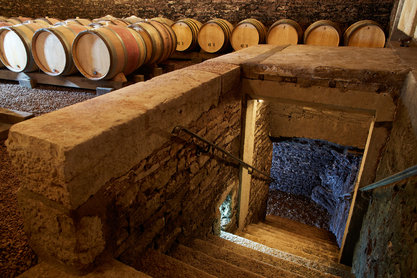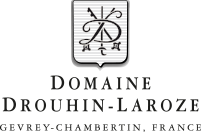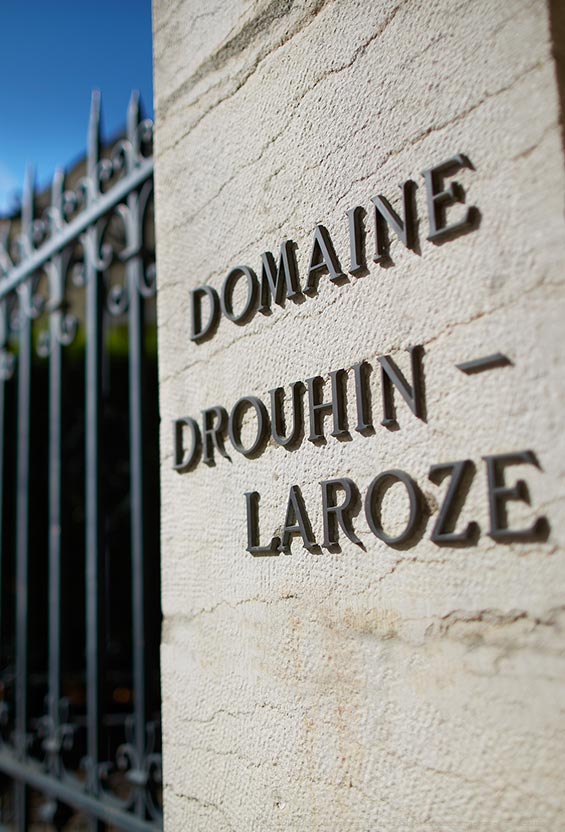
About the Climate 2013
The 2012-2013 growing season consisted of adequate rainfall in winter, 17 days of rain in May, a seemingly calmer June, a good impression created by July, summer conditions prevailing in August, a September marked by light, regular showers and an October with difficult conditions for the harvest.
Annual climate references :
Budburst: mid-April
Flowering: from the 20th June to 7th July
Start of veraison: 15th August
Harvest: 4th October
The vine's period of rest :
Temperatures :
Globally 2013 was a year of cool temperatures. Throughout the first 6 months of the year, the temperatures remained well below the mean for the season. During the campaign, only July and September were above average in terms of warmth. The delays in crop development accumulated from the outset can therefore be clearly explained, at least in part, by a month of May with temperatures 3.6°C below normal. The end of the season was marked by quite mild temperatures, especially during the harvest.
Sunshine :
Like the temperatures, the amount of sunshine was also below par in the first 6 months of the year. Fortunately, honour was salvaged by July and August. These were the only 2 months in 2013 with above average sunshine.
In other words, the winter was long and the spring was interminable, with summer only beginning towards the end of the first week in July.
Development of the vines :
From early April, 2013 was among the latest vintages and a few rare spring-like days were enough to bring on bud break. At the beginning of May, the vines struggled to reach 1 - 3 leaves; 4 - 6 leaves by mid-May. The cool temperatures combined with heavy rainfall were not favourable to crop development. At the end of May the vine was already 15 - 18 days behind compared to an average year, the lack of sunshine and low temperatures caused flowering to abort due to inadequate photosynthesis. Despite fine bunch setting, the inflorescences became tendril-like. At the beginning of June, seasonal temperatures returned and growth resumed, the very first flowers were seen around the 20th of June, with the arrival of cool, damp conditions up to the beginning of July which were unfavourable to the flowers; in many plots, there were signs of coulure (shot berries, due to the absence of fertilisation) and millerandage (tiny, aborted berries). In July and August, conditions were summery but despite weather that could "push" growth, it was still around ten days behind compared to the average. If there was only one weather event to be remembered in 2013, it would be this one: on 23 July a violent hailstorm of unusual amplitude hit a large part of the Côte de Beaune vineyard. 1700 - 2000 hectares of vines were affected to varying degrees (10 - 100% damage).
The fruit only began to ripen after 15 August and developed very slowly, despite the favourable temperatures and the high availability of water, it was only when the rains returned at the end of August-start of September that ripening began for real. The regular rain and mild temperatures in the last 2 weeks of September constituted a favourable terrain for botrytis. At the end of September, the Pinot Noirs, which had resisted up till then, capitulated in a few days following episodes of heavy rain.
Harvest 2013 :
At
the time of harvest, the plots were extremely heterogeneous and only skilful
vineyard management saved the day.
In short, 2013 was a very difficult year weather-wise and we had to be out in the alleys every day in often problematic conditions to be able to bring the highest quality harvest into the vat room. Although the factors favourable for an exceptional year were present, the millerandage and coulure giving bunches that were not too dense and with small grapes, led us to hope, despite a late harvest, for a good ripening and exceptional concentration, hopes that were dashed by the month of September.
The harvest took place in early October in dull weather, but the grapes taken into the vat after sorting in the vineyard and in the vat room were nonetheless of good quality, there was millerandage present and the ripening was very satisfactory and much better than expected given the climate conditions over the year.
The winemaking, unlike the rest of the work during the season, went ahead unperturbed, helped on by relatively low outside temperatures that favoured cold maceration. Alcoholic fermentation presented no particular difficulties, but continuous monitoring was and still is necessary for relentless attention is required throughout the winemaking phase.
First tasting :
In view of the first tastings, we can once again observe that the work invested throughout the year has paid off and we were able to keep to a minimum the impact on the grapes of a difficult year in terms of weather. The wines are extremely promising, rich and powerful, with fine tannins, and a good presence of acidity. 18 months of careful ageing should further embellish them.


